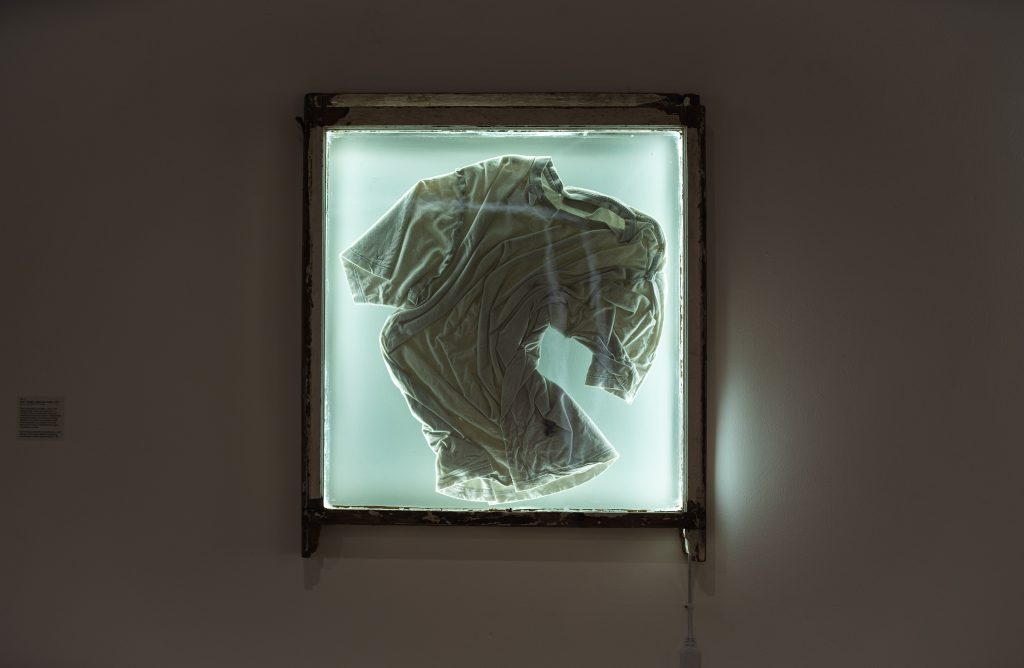In the UCU “Whiteness Unconscious Bias” video, Josephine Kwahli describes her experiences and definition of “unconscious” bias. She questions how the persistent racism and biases experienced, despite countless anti-racist measures implemented by educational institutions, could hardly be termed ‘unconscious’. It is a compelling reminder of the challenges felt by marginalised individuals, particularly in identifying and combatting unconscious bias within academia.
While my experiences as a gay individual have undoubtedly shaped my understanding of prejudice and exclusion, I will never fully understand how Kwahli’s account feels first-hand. Khwali’s recalled accounts of racism, aged four, force me to reflect on the early moments of realisation in my own life about my sexual orientation and the segregation I felt throughout my childhood because of a trait I had no control over. Though different in context, these systemic biases towards any individual, other than the heteronormative cis white individual, are still present in our workplaces and every day.
Recognising Kwahli’s dual identification as both Black and a woman offers a deeper understanding of her intersectionality. Her perspective is a critical reminder of the continuous journey of compassion and learning that we must undertake to make all spaces genuinely inclusive. Kwahli’s critique of institutions rings particularly true here. If a young child can recognise and internalise racial biases without structured teachings, why are academic institutions positioning themselves as advocates for change when the beneficiaries of that change are primarily white middle-class women? As a gay white man, I am considered a majority demographic within the fashion industry, historically praised for dressing this demographic of Caucasian women. Kwahli’s mention of progress benefiting predominantly white middle-class women makes me question the fashion industry’s default beauty standards. Trends and inclusivity gestures often target non-white demographics when present in the zeitgeist; otherwise, these underrepresented groups are left excluded.
Kwahli’s insights remind me to utilise my privileges by giving space to less-represented people. As part of a marginalised societal group, I must leverage my understanding and platform to support and uplift others and ensure that inclusive dialogue and representation are present within my pedagogical approaches. It wasn’t until the Black Lives Matter Movement in 2020 that higher education institutions began proactively verbalising racial biases, especially towards Black and minority women or the working class. Apart from these, your essay does a commendable job of juxtaposing your experiences with those expressed in the video and shedding light on the systemic biases prevalent in academia and the fashion industry.
As diversity, eurocentrism, and nepotism become more open discussions within fashion academia and the industry, we should encourage environments where these varied voices can coexist. We must decentralise away from European fashion Universities such as Central Saint Martins being looked to as spearheading the future.
